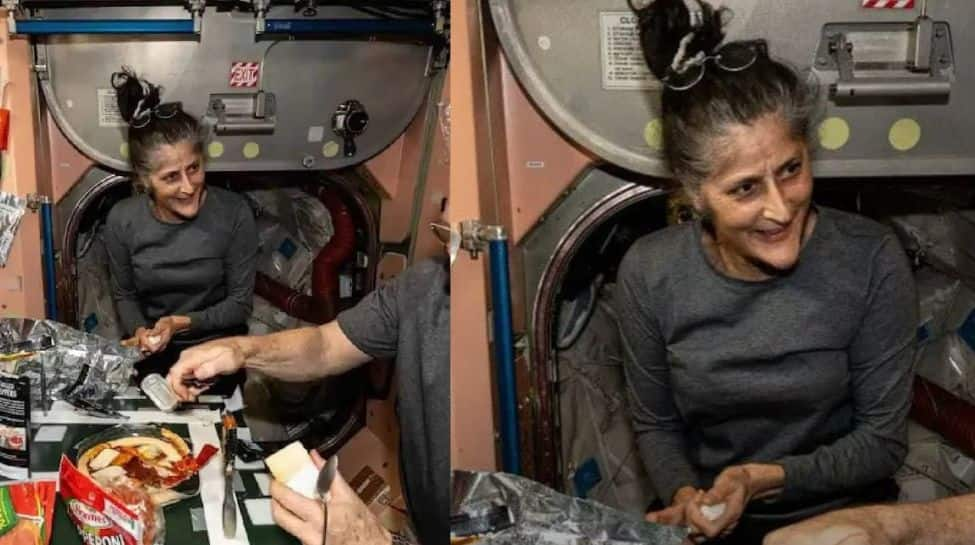Unseen Skies and Uncharted Health Risks: The Double Reality of Life on the ISS

Astronaut Sunita Williams' extended mission on the International Space Station (ISS) has presented her with a surreal view of 16 sunrises and sunsets daily, but it also poses significant challenges to her physical health, with NASA monitoring her weight loss closely.
Williams' unique experience on the ISS is a result of the space station's high-speed orbit, completing one rotation every 90 minutes at 28,000 km/h. This means that astronauts experience a new day-night cycle every 45 minutes, resulting in 16 eclipses in a single 24-hour period. However, this unusual phenomenon comes with a price. Williams, originally scheduled for an 8-day mission, has now been on the ISS for 153 days due to delays with the Boeing Starliner spacecraft. As a result, she faces the challenge of maintaining her weight, which NASA doctors describe as a "lot of weight" lost.
Maintaining a healthy weight in space is a necessity, as astronauts require 3,500-4,000 calories daily and 2 hours of exercise to prevent muscle and bone loss. For female astronauts like Williams, the challenge is compounded by metabolic shifts in space, which can lead to muscle loss at a faster rate. Despite these challenges, NASA assures the public that the crew remains in good health, with dedicated flight surgeons monitoring their health closely. Williams herself has described the experience as "beautiful" and "surreal", but for NASA, it's a delicate balancing act between the crew's well-being and the demands of the mission.
As NASA works to ensure the safe and successful return of Williams and her crewmates, the challenges of life on the ISS serve as a reminder of the incredible feats of human endurance and the dedication of healthcare professionals who keep astronauts safe in the harsh environment of space.